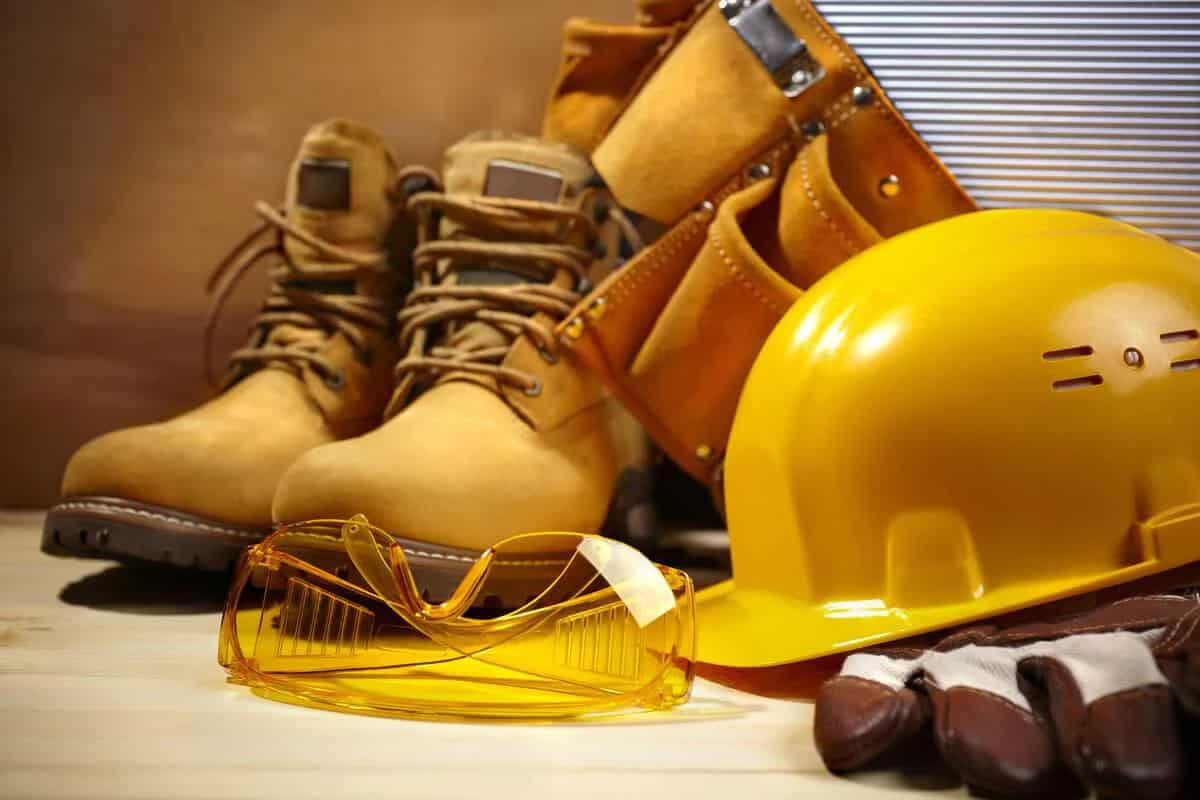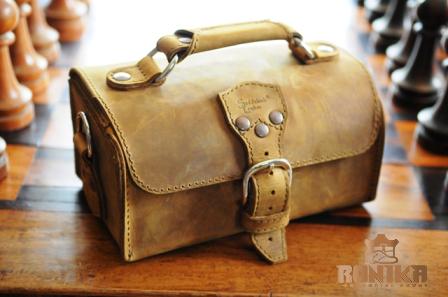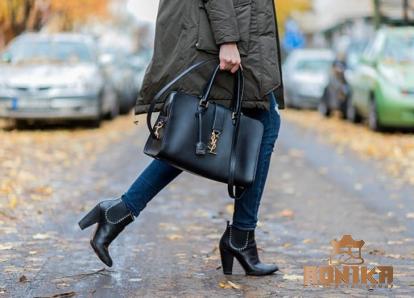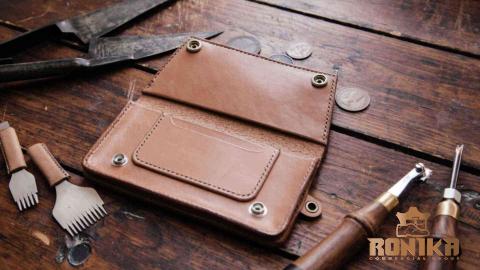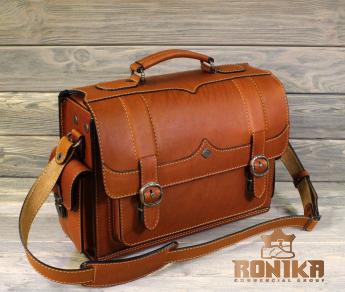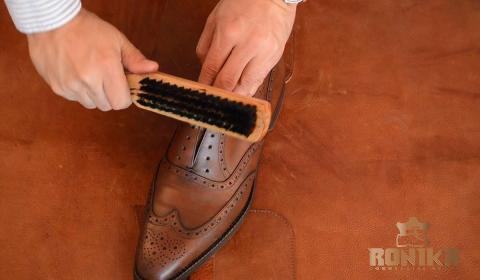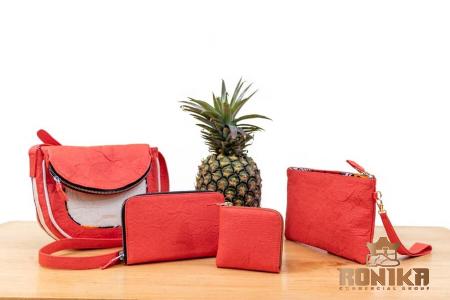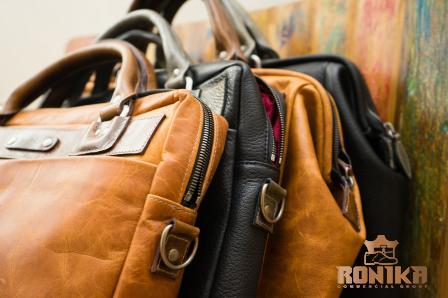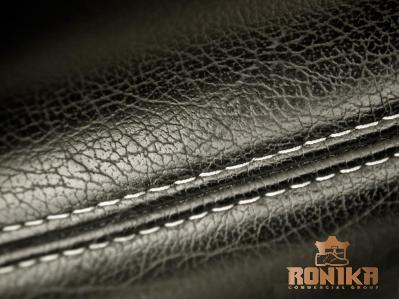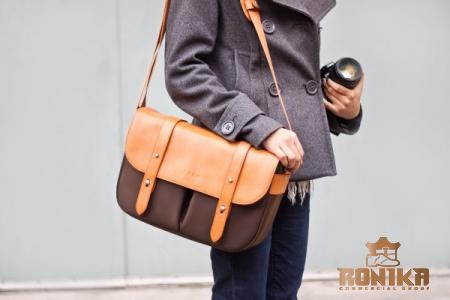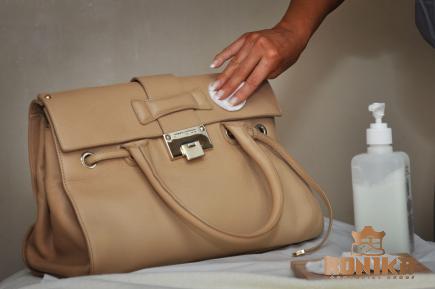Best Safety Shoes Purchase Price + Photo
There are various safety shoes types for different working conditions and places like construction sites, laboratories, chemical labs, and other working areas
Safety Shoes Toe Types
Different safety shoes toe types are made because of different toe resistance
Toe caps for safety shoes often come in one of these three varieties
These tips are constructed from a variety of materials
Steel toe,
Toe cap made of alloy,
Composite tip
So, according to the use, one of them is used
Steel toe:
Steel-toed shoes are a classic
The toe cap on most safety shoes is made of steel
They’re well-known for the great degree of protection they provide at an affordable cost
In addition to that, it is easier to get than the many other varieties
In addition, steel toe caps for footwear may provide the best possible protection even in high-hazard work areas
Because it is superior to other options in its ability to manage things of a weighty nature
Those who work often with heavy machinery and potentially dangerous equipment are the ones who would benefit the most from wearing safety shoes with steel toes
The one drawback of the steel toe, however, is the additional weight that it brings
This may cause your safety shoes to become uncomfortably heavy and cumbersome, resulting in an unpleasant experience while wearing them
Toe cap made of alloy:
In most cases, plastic, fiberglass, or carbon fiber will be used as the material for the toe cap’s composite construction
As a result of the absence of any metal components, they are much more lightweight than steel toe caps
As a result, you can often discover them in lightweight safety shoes
Not only is it easy to transport, but it won’t break the bank too
Because of its lower overall weight, it offers superior comfort as compared to the steel toe cap in terms of this particular criterion
Because it does not allow electricity to flow through it, it is also excellent for those who operate in the field of electrical work
One other advantage of composite toe caps is that, in comparison to other varieties, they are better able to withstand heat
As a result, it can function well in both warm and cold situations in the workplace
Alloy tip:
A steel toe may be replaced with an alloy toe or an aluminum toe, both of which are excellent options
It has the same strength as steel but is between 30 and 50 percent lighter
Given that it has the same level of tensile strength as steel, it is ideal for use in settings that are analogous
However, the cost of the alloy toe cap is more than that of the steel and composite options
However, this is the cost that must be borne in order to get something that is more pleasant
Therefore, if you are seeking work shoes that are both durable and comfortable, the aluminum boot is the ideal option for you to go with

Types Of Safety Shoes S1 S2 S3
Between types of safety shoes S1 S2 S3, there are some differences
The most typical and widely used kind of safety footwear is known as S1 safety shoes
They provide a high degree of protection against risks of many different kinds, including electrical hazards, falling items, and many more
There are two distinct categories for S1 safety footwear
While S1P safety shoes provide increased oil protection and slide resistance, S2 safety shoes are better suited for working in wet circumstances because of their higher level of traction
Steel toes are standard on S1 safety shoes, which may be constructed out of durable materials like leather or synthetic materials
The bottom of the shoe is constructed out of a composite material, which makes it resistant to abrasion and ensures that it will last for a long time
Even after a long day at work, the S1 safety shoe will make you feel as comfortable as you do in your own living room thanks to its special design characteristics
S2 safety shoes are intended to protect the wearer’s feet against a variety of low-energy and impact dangers, and they also provide protection against foot injuries such as cuts and lacerations
The protecting function of these shoes does not stop at the foot but goes all the way up to the lower thigh and ankle as well
The S2 standard requires footwear to provide protection against tears caused by falling objects and abrasions associated with sharp edges
These types of injuries can occur when handling sharp-edged materials or tools such as knives, glass, or metal plates
Sharp-edge abrasion protection is also required
Falling goods with a joule rating greater than 0
5 need impact protection
S3 is the safety footwear standard
An electrical safety standard for footwear
In 2012, the European Committee for Standardization (CEN) produced the S3 standard, which replaced EN ISO 20345
The soles of S3 safety shoes are intended to withstand low voltage as well as alternating current (AC) electric shock, which may be caused by coming into touch with live components or conductive work surfaces
When applied on surfaces that have static electricity, it also offers protection against electrostatic discharge (ESD)
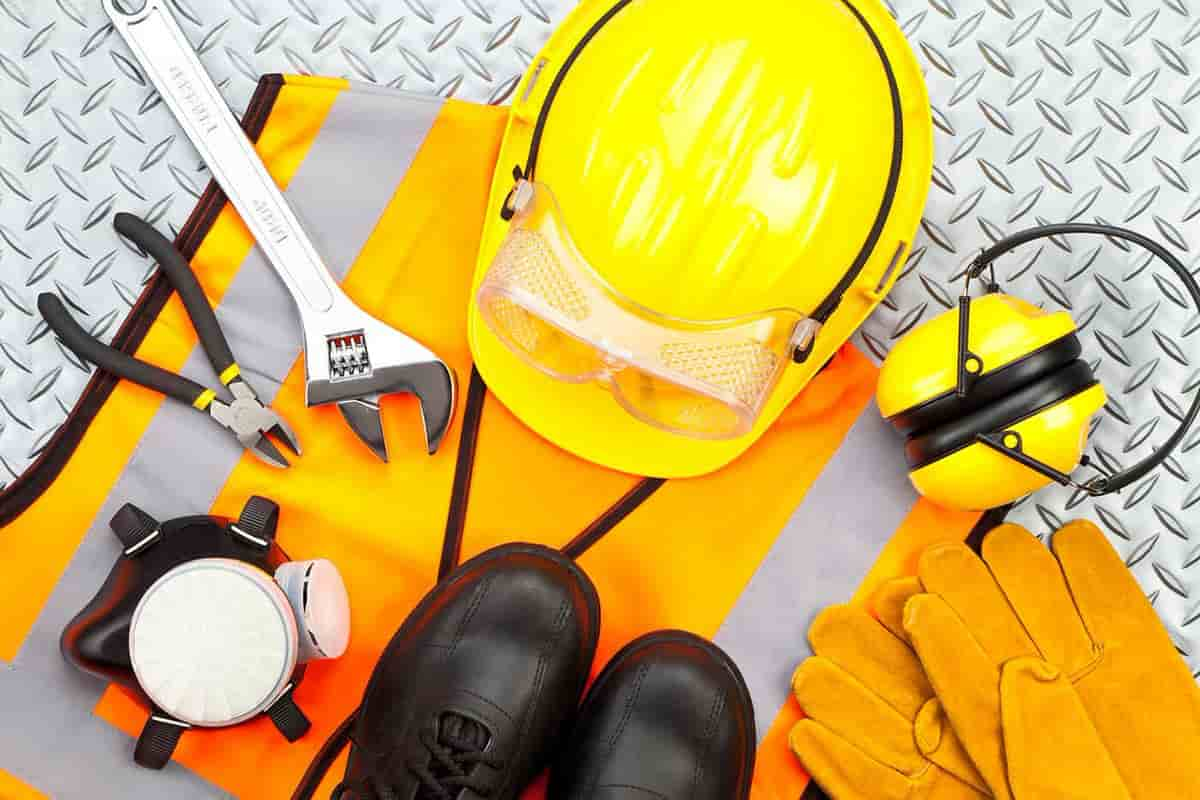
Different types of safety shoes
Different types of safety shoes are provided for different reasons
Your feet are one of your most important tools
Every worker should make it their top goal to look out for the welfare of their coworkers
This entails selecting an appropriate style of work shoe for the nature of your occupation
Because a typical pair of earplugs or safety glasses may cover a broad variety of jobs and possible dangers, purchasing the appropriate safety footwear may take a little bit of additional care to make sure that you obtain the correct one
There’s a wide variety of footwear-related dangers that may be found in the workplace
Controlling these hazards at their origin via engineering, sound business processes, and sound management practices is the most effective method for protecting people
